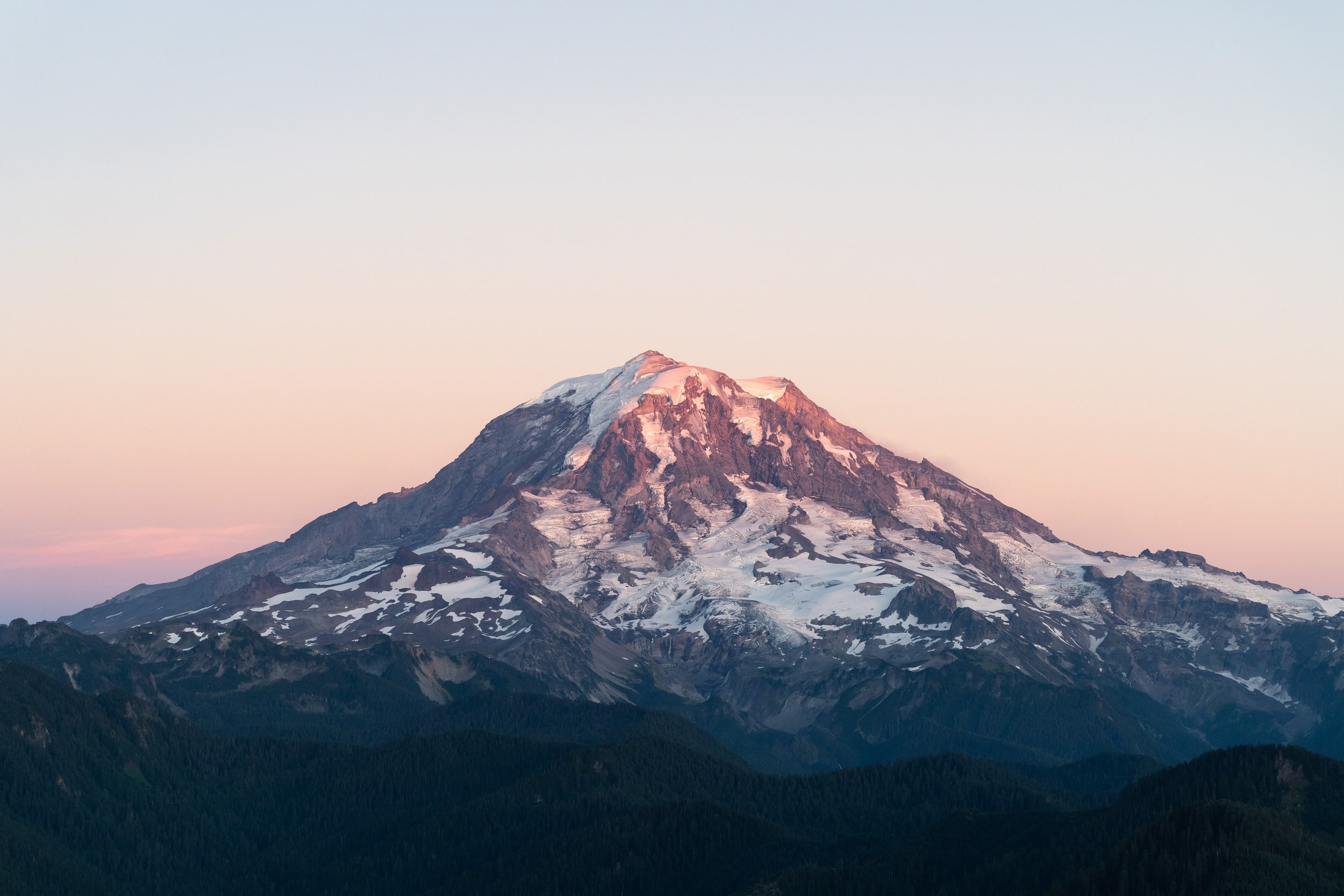
Our Blog
Trees of Significance: Growing community in the shade
As Washington's State Tree, the western hemlock is a charming example of the Pacific Northwest’s ecological majesty.
Tree Benefits, Part 2: A Healthy Home
Trees are incredible beings that provide countless benefits to our communities. From our air and water, to our energy and traffic, trees play a role in how we are affected by an abundance of elements around us.
Trees of Significance: Planting for Community Healing
Get to know TTF’s Planting Director, Jaala Smith, through the European beech tree. The tree that provided them with shelter and wonder while growing up, today is part of their efforts to support community healing through planting in historically underserved communities.
Tree Benefits, Part 1: Silent Superheroes
Trees are incredible beings that provide countless benefits to our communities. From our air and water, to our energy and traffic, trees play a role in how we are affected by an abundance of elements around us.
Get to Know the Big Trees on the Block
If you want to know more about how to identify trees, here’s how to ID two PNW superheroes: the Douglas fir and bigleaf maple.
Exploring Options for a Future with Western Redcedars.
Western redcedar dieback has been observed throughout the Northwest, leading to growing concerns about their survival in future climates. This study conducted by the WSU Ravenholt Urban Forest Health Lab with support from the Tacoma Tree Foundation is helping us understand how to make sure this amazing tree continues to grow in our state.
A Safe and Beautiful Right-of-Way. Part 2.
In our latest blog post, Eden Standley and Luke Vannice explore why ROWs were created in the first place, the challenges street trees face in Tacoma, and how to properly and creatively plant in this space!
A Prairie Right-of-Way. Part 1.
A prairie in the middle of the city? In our latest blog post, we join Luke Vannice at his prairie right-of-way and learn how native oak prairie ecosystems can enhance urban biodiversity and grow community.
Shallow Root Systems: Why Young Trees Need Regular Watering
Urban forests are invaluable to cities, providing shade, improving air quality, reducing urban heat islands, and supporting biodiversity. However, urban trees face unique challenges, especially concerning water use under heat stress. Our latest blog post explains how tree age and root systems are related, and why knowing this is essential to keeping our urban forest healthy through the summer.
Nature and Wellness: Why Everyone Needs Access to Green Spaces.
“Trees are good for your health.” This is a fact that we, at the Tacoma Tree Foundation, often share with our supporters, as do most organizations in our line of work. Yet, it is uttered so often and widely that it is at risk of becoming commonplace. Yes, trees and access to green spaces improve our health and wellness. But how and why? And what are the ramifications of access to green spaces–or lack thereof–for individuals and communities? To better understand the correlation between green spaces and health, we’ve been researching for answers. In this blog post, Kirsten Iverson, a PLU Environmental Studies student and Tacoma Tree Foundation intern, shares some of our findings.
Ten Priority Schools for Tree Planting in Tacoma
Our partners in the WSU Ravenholt Urban Forest Health Lab completed an analysis to identify priority Tacoma public schools (K-12) for tree planting. In this analysis, WSU ranked Tacoma’s public schools based on 5 metrics, then averaged the ranks of each school to identify ten schools as priorities for urban greening efforts. Learn which schools rank highest.
Healthy maples, healthy communities
Does the health of our trees reflect the health of our communities? In this post, Joey Hulbert, PhD, Forest Health Watch Program Director, and his team explain why diversifying the trees in our urban forest is an important means of keeping trees, like the beloved native Bigleaf Maple, and other maple varieties, healthy and thriving.
The Urban Heat Island Effect: A Growing Threat to Human Health in Tacoma.
What does Tacoma need to do in order to confront the health threats posed by the urban heat island effect and the overall challenges of climate change? In this post, Executive Director of the Tacoma Tree Foundation, Lowell Wyse, explains the health and environmental effects of urban heat island, how the Foundation and city and county partners are working to confront these challenges, and the urgent steps that leaders and governments must take today to ensure trees are an essential component of urban infrastructure tomorrow.
On the other side: Why alternative yards are greener.
In this essay, Eden Standley interviews TTF partners, Robb Krehbiel and Vivian deZwager about their alternative yards, and explains why it is actually greener on the other side—when there’s no lawn. The post provides numerous tips for anyone curious about creating an alternative yard, as well as ways to start small.
These 2 maps show the difference we are making— And what we want to do more of!
New data from our Branch Out event this February offers a promising look at our impact.
GRIT Project Makes South Tacoma a Focus Neighborhood
At Tacoma Tree Foundation, we believe that community and trees grow together. South Tacoma will be a neighborhood of focus for us in 2022–2023 thanks to a unique collaboration known as G.R.I.T.: Greening Research in Tacoma.















